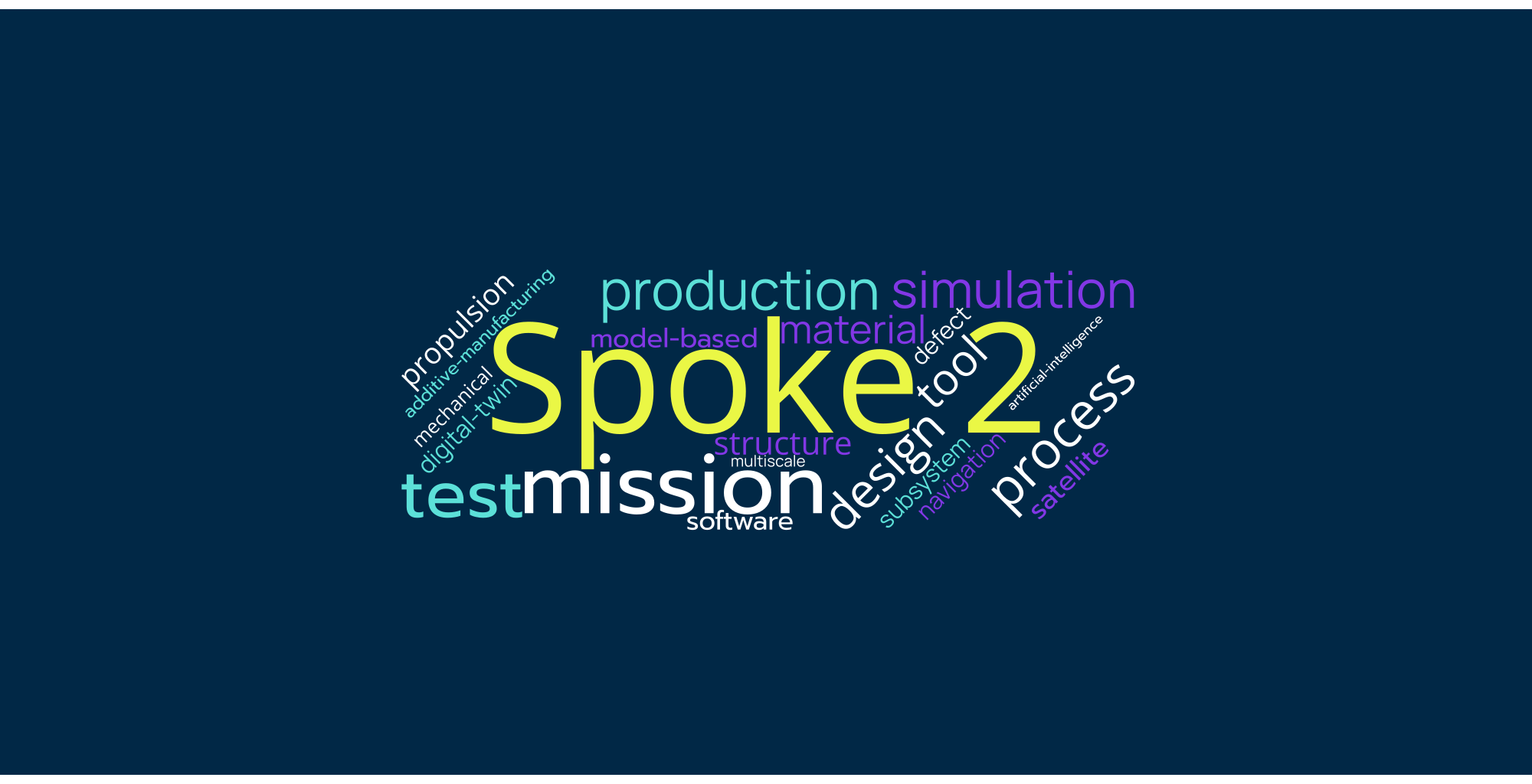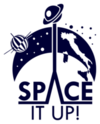Spoke 2 activities overview
Spoke 2 - Advanced Design and analisys of space missions and systems and innovative digitalization
Spoke 2 focuses on the development of advanced methods, tools, and enabling technologies to support the next generation of space system design, simulation, manufacturing, and digital engineering. Its activities span model-based system engineering, digital twins, artificial intelligence, virtual reality, and additive manufacturing, forming an integrated technological backbone that supports mission analysis, spacecraft development, and the conception of extraterrestrial habitats.
A first set of activities concentrates on model-based system procedures and high-fidelity simulation frameworks. These tasks address the multidisciplinary modelling of spacecraft, launch vehicles, ground segments, and relevant subsystems such as propulsion, guidance and navigation, communications, and materials. The goal is to create robust analytical procedures capable of supporting mission design for Earth observation, planetary exploration, and extraterrestrial habitat concepts. Building on these foundations, the Spoke develops integrated simulators for the analysis and validation of satellites, probes, and space systems under realistic environmental and operational conditions. Digital Twin and Hardware-in-the-Loop infrastructures are also defined to enable verification of autonomous technologies, combining model-based and data-driven approaches with visualization capabilities based on virtual reality and AI-driven algorithms.
A second technological pillar concerns additive manufacturing and smart production. These activities investigate innovative MAIT (Manufacturing, Assembly, Integration and Testing) processes for space systems, the automated design of components and subsystems, and model-based approaches for advanced manufacturing. Research includes multi-material structures, lattice-based designs, miniature propulsion subsystems, embedded sensing, and the digital-centric design principles required to optimize performance, cost, and reliability for both Earth-orbiting platforms and space-exploration assets.
A third component is dedicated to digital twins and artificial intelligence for Earth observation missions and extraterrestrial habitat development. The Spoke analyses engineering workflows, identifies bottlenecks across mission design and MAIT processes, and introduces DT/AI techniques to improve autonomy, data exploitation, and concurrent engineering practices. This includes the development of algorithms for semantic segmentation, feature extraction, and real-time object detection in spaceborne imagery, as well as data-driven tools for navigation, communication, scenario validation, and system behaviour prediction.
Keyword Cloud of Spoke Activities




